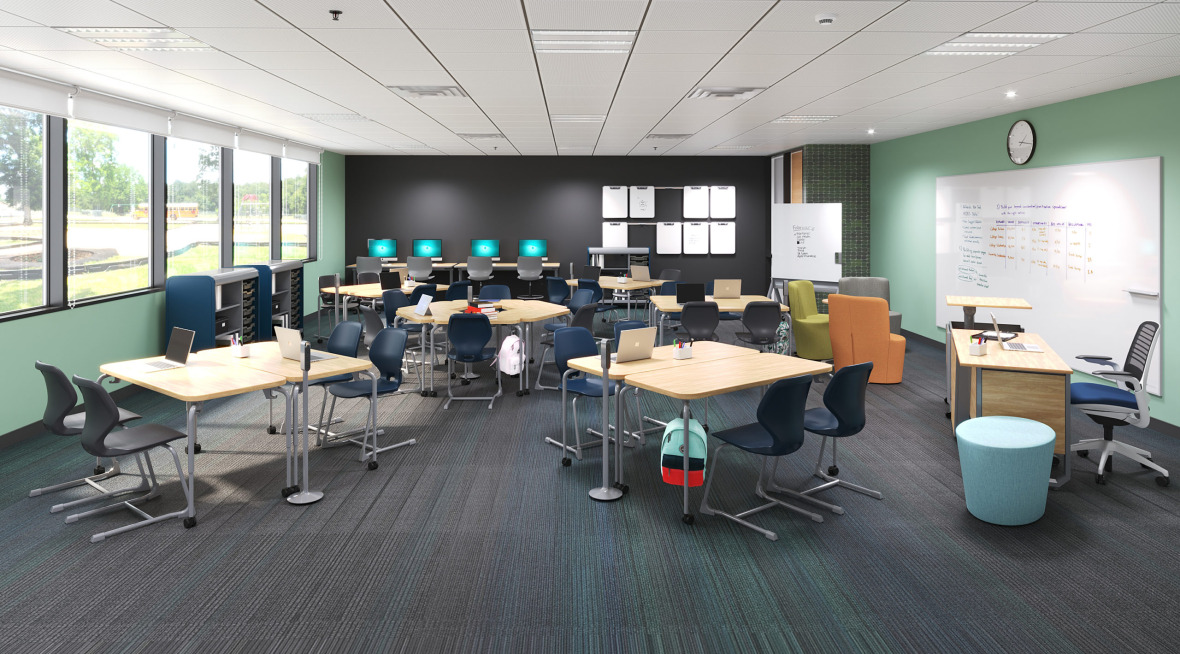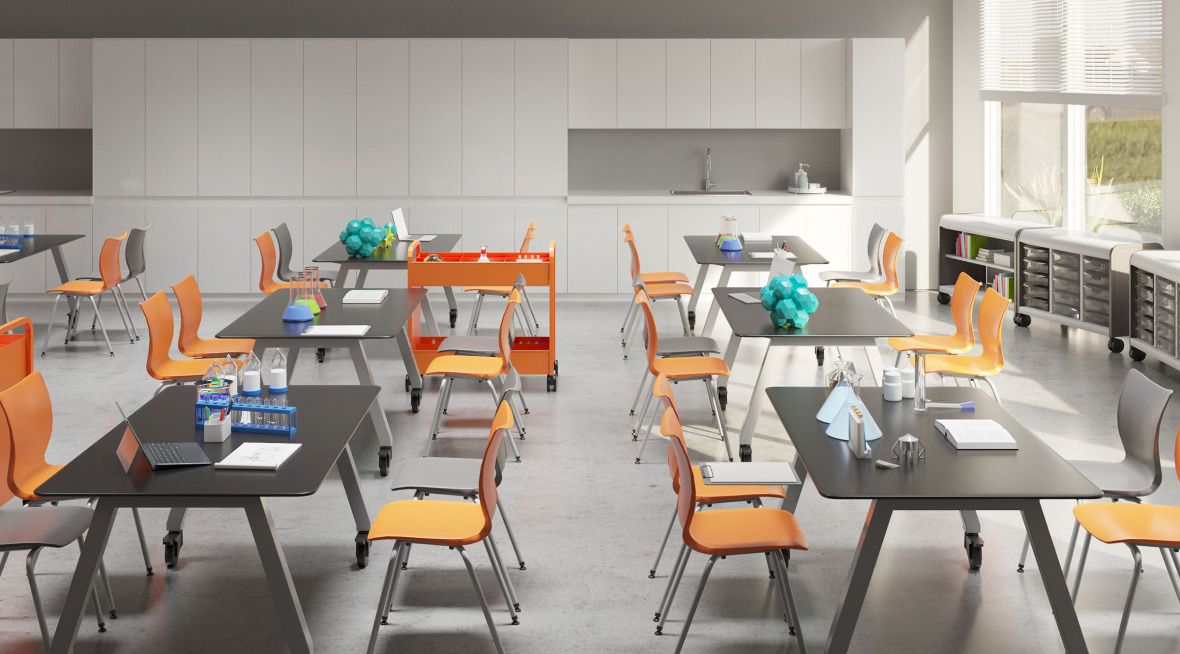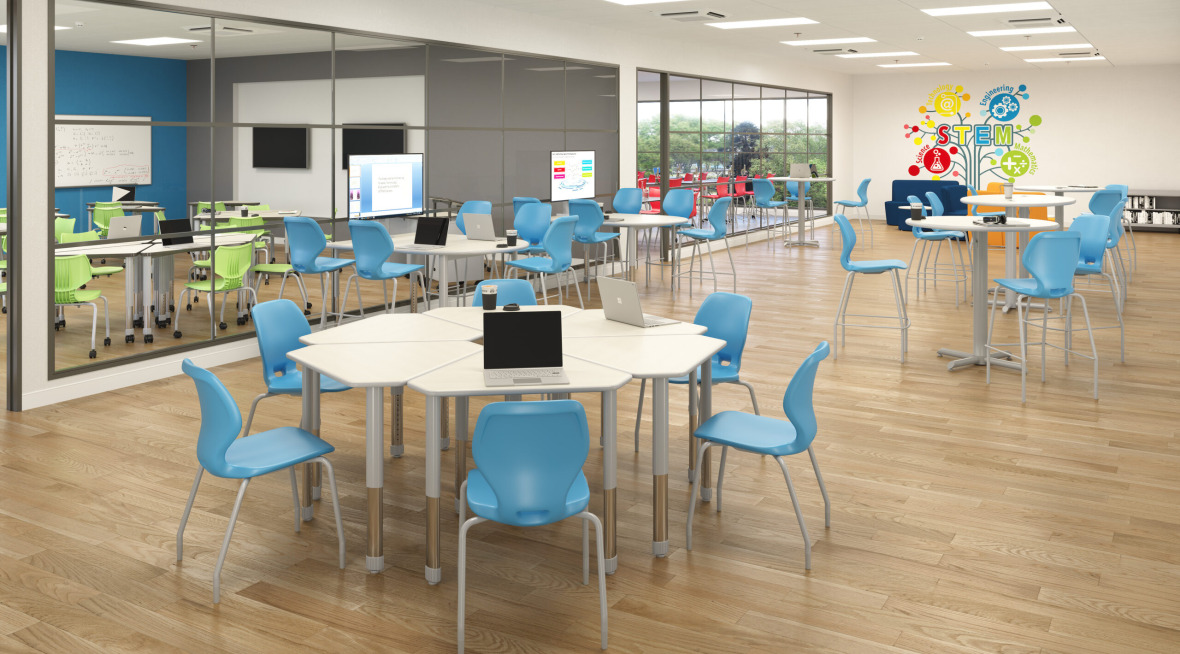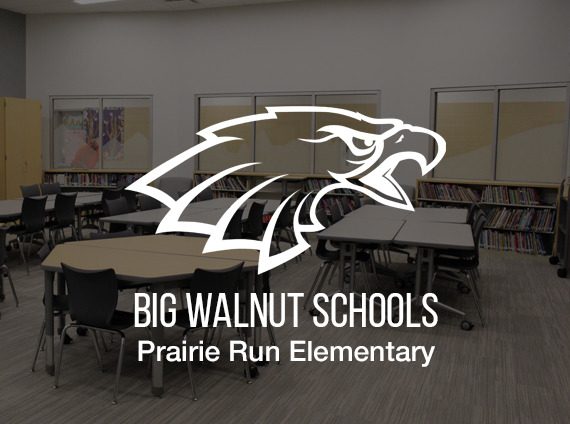Cultivating Collaborative Learning in K-12 Education
In a K-12 classroom setting that promotes collaborative learning, students of all ages are encouraged to embrace and adapt to change as they navigate throughout their days. Whether they are pushing their desks together for group work, changing classroom environments, or carving out personal focus time, ensuring classroom transitions is crucial.
What makes the furniture in a collaborative learning environment so special? A suitable analogy would be attempting to conduct swim team practice on a basketball gym floor; the mismatched environment would hinder the learning process. The same can be said for the furniture in those spaces due to being student-centered learning as opposed to the traditional, informational transfer learning style. Supporting an environment that fosters collaborative learning starts with the type of furniture in the space.
In collaborative learning, the furniture needs to be highly adaptable, allowing students to freely move and form groups to learn together. This can especially be true in classrooms teaching Science, Technology, Engineering, and Mathematics (STEM).
The ability to reshape and reconfigure the classroom is a vital element of collaborative learning, demanding a shift in our perception of how space can adapt and transform.





